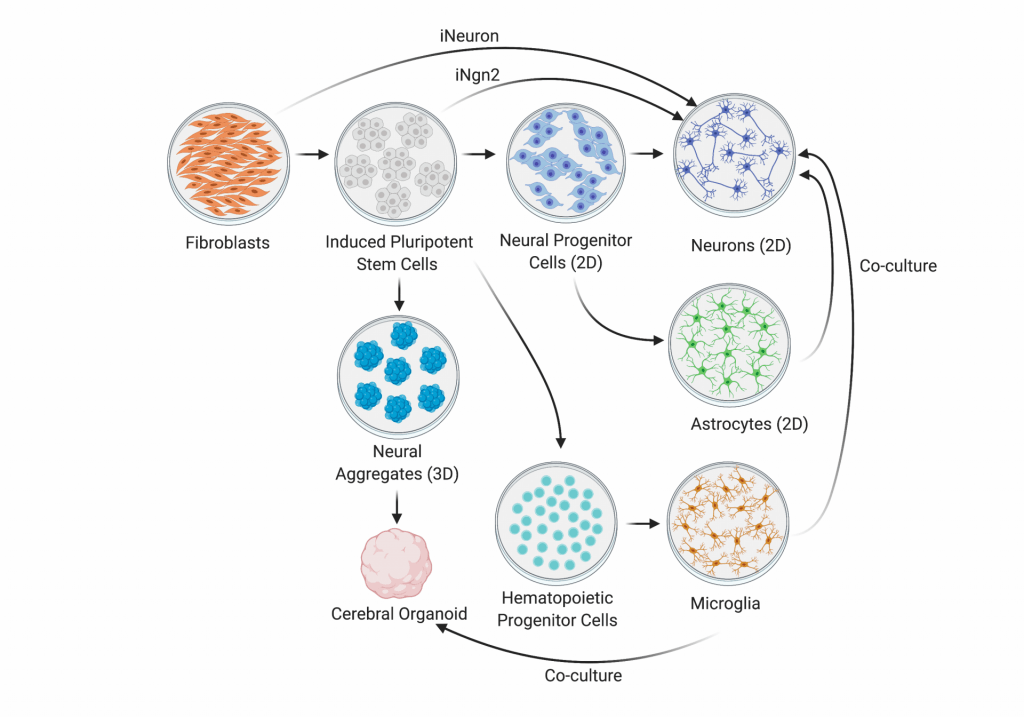Protocols
A detailed protocol is a key component of maintaining rigor and reproducibility and supporting open science practices. Protocols.io allows us to develop, edit, and share our protocols. Access our protocols here.

iPSC Biomarker Core
For information regarding the mission of the iPSC Biomarker Core, click here
For additional questions on how to access our cell line repository, please contact Celeste Karch at karchc@wustl.edu or Jacob Marsh at jacobmarsh@wustl.edu
Dominantly Inherited Alzheimer’s Network
To learn more about the Dominantly Inherited Alzheimer’s Network, please visit the DIAN homepage. To request resources please visit the DIAN Resource Page.
To learn more about the collaboration between the Dominantly Inherited Alzheimer’s Network and the Karch Lab, click here

Knight Alzheimer’s Disease Research Center
To learn more about the Knight Alzheimer’s Disease Research Center, please visit the Knight ADRC homepage. To request resources please visit the Knight ADRC Resource Page.
To learn more about the collaboration between the Knight Alzheimer’s Disease Research Center and the Karch Lab, click here
FTD Center Without Walls (CWOW)
Our FTD CWOW goal is to understand the normal process of tau metabolism as a series of decisions made at regulatory nodes. The Karch lab is focusing on downstream aspects of tau metabolism and homeostasis that will reveal novel mechanisms underlying tauopathy. To learn more about our research with our FTD CWOW team, please visit the CWOW homepage.